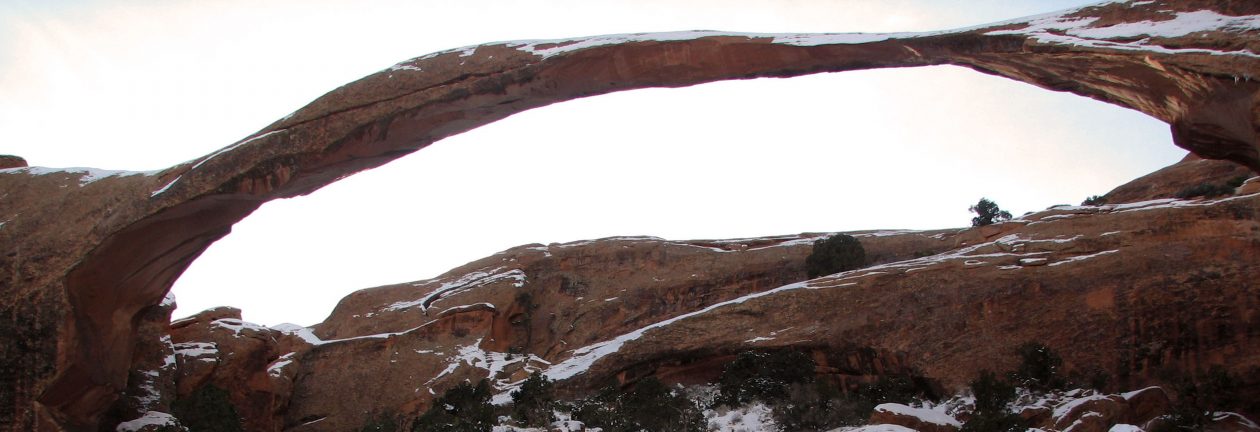FORTY-FIRST MOVEMENT: ITALY
Venice, Italy
I woke up at 06:30, showered, dressed, packed my bags, and checked out of the hostel. I then walked to the Ljubljana Bus Station (next to the railway station) and reached it at 07:40. I then waited for the 08:15 Venice (specifically, Mestre) bound bus to arrive. The shuttle bus came at 08:00 and I got on board with my bags. We then departed at 08:25 and drove on toward Italy.
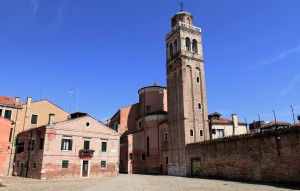
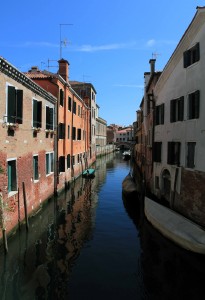
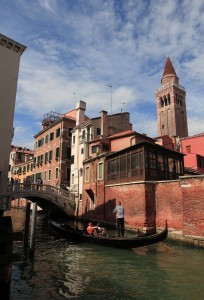
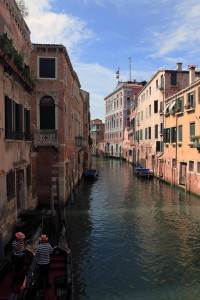
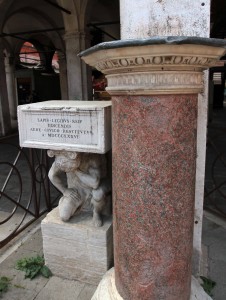
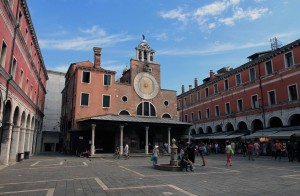

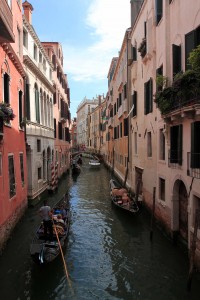
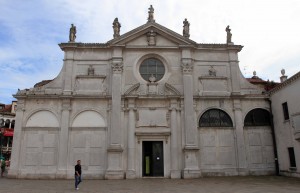
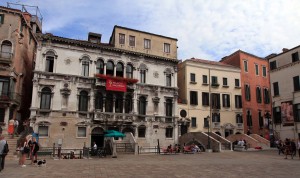
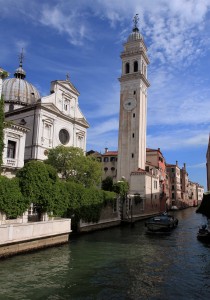
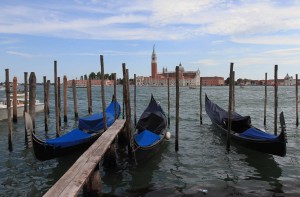
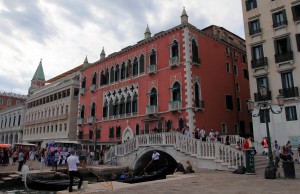
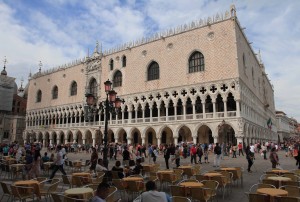
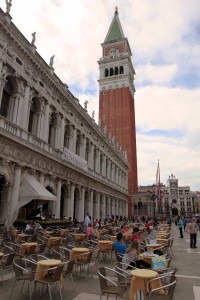
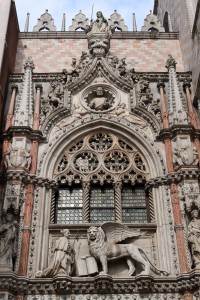
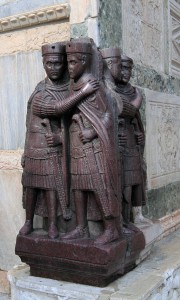
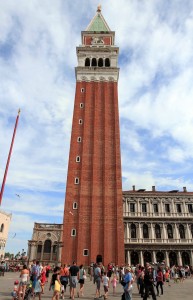
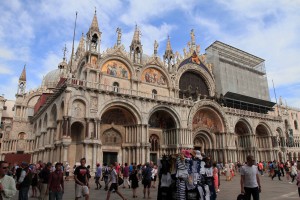
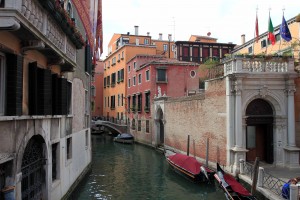
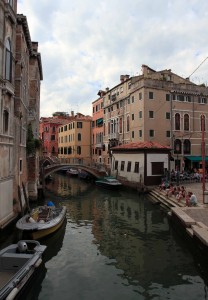
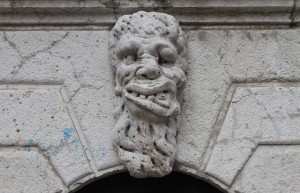
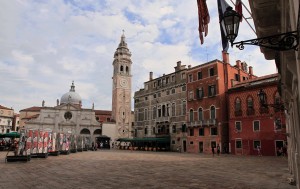
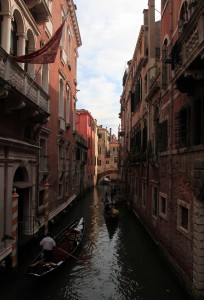
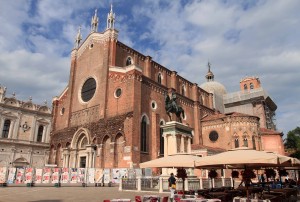
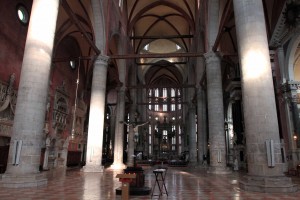
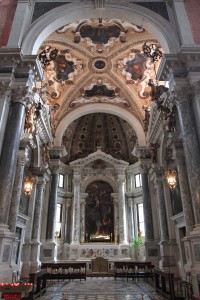
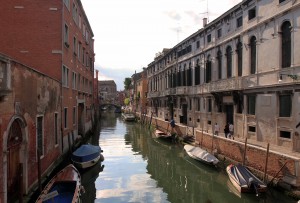
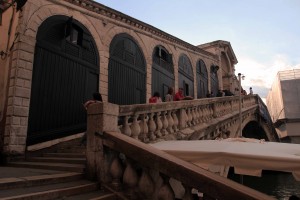
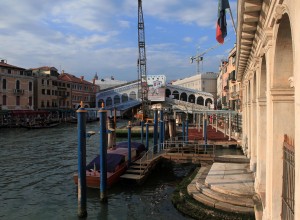
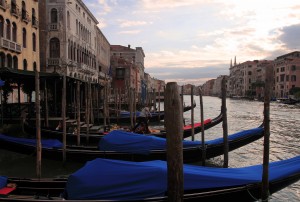
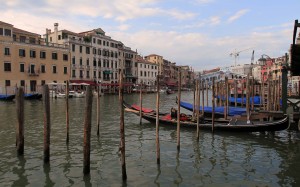
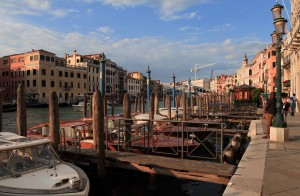
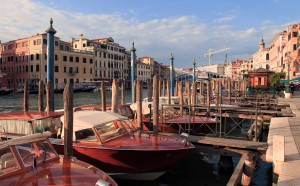
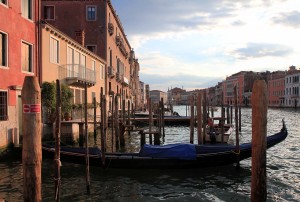
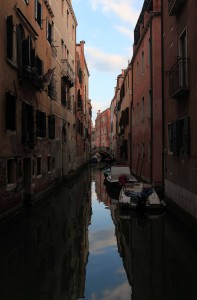

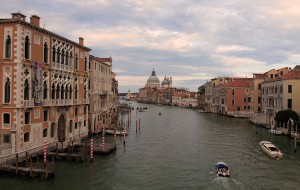
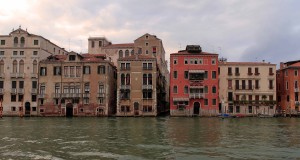
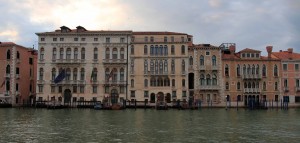
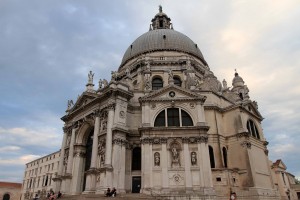
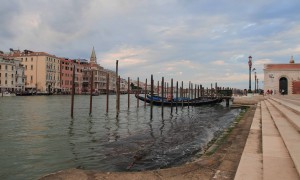
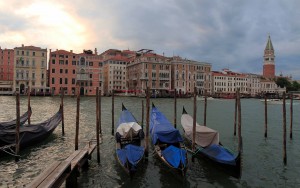
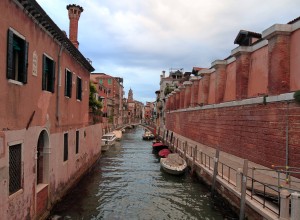
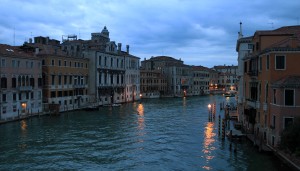
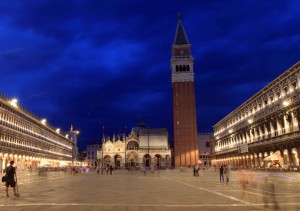
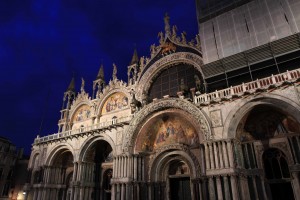
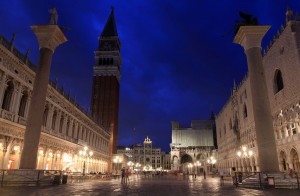
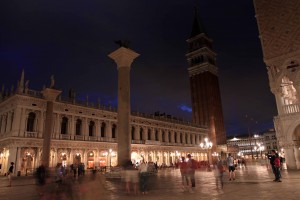
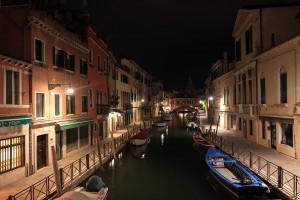
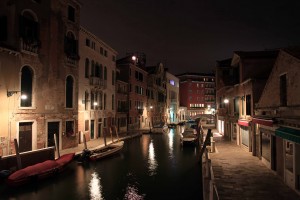
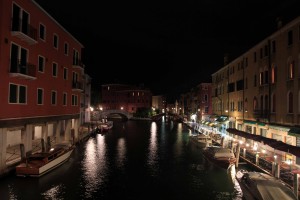
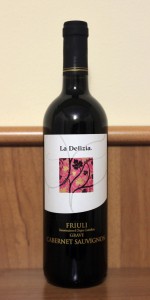
We reached the Italian border at 09:33 and drove right on through (gotta love Schengen). We then had a rest stop at 09:48 and I had an iced cappuccino before continuing on our journey twenty minutes later. At 11:53 we stopped in a dirt lot and transferred to another bus because apparently few people in this world can deliver the services they promise to provide in order to cut costs and make as much of a profit as possible. To make the situation even more absurd, we were at the Mestre Railway Station in minutes – just about how long we waited in the dirt lot for the other shuttle bus to arrive. Once at the station, I bought a ticket to the Venezia Santa Lucia Station in Venice from one of the ticket machines and then I walked straight to the platform and boarded the train, which departed at 12:08. The train journey lasted just ten minutes and I was then in Venice. From the Venezia Station, I walked to the hotel I had booked through the internet days ago (it is a hotel run by nuns), crossing several canals on the way (Venice does not disappoint). I reached the hotel at 12:30, checked in, stored my luggage, and then immediately took out my laptop to try and purchase a ticket for the Calcio Storico Fiorentino; however, there was a queue on the website and it was paused. So, I took the time to send an email and update the website in the hopes that I would eventually be able to purchase a ticket. Unfortunately, the site was still paused by the time 15:00 rolled around, so I gave up. My room was then ready, so I put my luggage inside the room and got ready to see Venice. With camera and tripod strapped around my body, I exited the hotel and began to wander around the streets, not entirely sure how to get anywhere I wanted to. I walked past a number of churches and crossed many canals. Almost every canal, street, and piazza I came across looked worthy enough for a photograph; Venice is a truly beautiful city and easily one of my favorites (possibly even my number one). Also, there were many gondolas out today and it seems like every time I crossed a bridge, I could see one or two or three making its way down the canal; sometimes the gondolier would sing to his costumers. I eventually found my way (after getting lost for about an hour through Venice’s maze-like streets) to San Giacomo di Rialto, a church near the famous Rialto Bridge that – according to tradition – is the oldest church in Venice, supposedly consecrated in the year 421 AD; although the first document citing the church dates from 1152 AD. On the outside, above the entrance, there is a large fifteenth-century AD clock; inside, there were some paintings and sculptures, as well as an exhibit on musical instruments; all in all, it was a quaint church and in no time I was done viewing the inside. Opposite the church, across the square, there is a granite statue of a hunchback (named the “Hunchback of Rialto”) that was sculpted by Pietro da Salò in the sixteenth-century AD; the statue takes the form of a crouching, naked hunchback supporting a small flight of steps and according to the writings of Stefano Magno it was unveiled on November 16, 1541 AD and was used as a podium for official proclamations (the statutes of Venice or the names of offenders would be proclaimed by an official standing on the block at the same time as they were read out at Pietra del Bando near Piazza San Marco). I then crossed the Rialto Bridge, which was designed to house several shops along its span over the Grand Canal; the Rialto was built in 1591 AD and is the oldest bridge across the Grand Canal. Unfortunately, a good-sized chunk of the Rialto is being renovated, so I could not capture any ideal photographs of the iconic structure (it seems like every historic city in Europe always has at least one iconic monument undergoing renovation when I visit; it will probably always be like that, as we try desperately to preserve our past). I then wandered around Venice some more before coming to the southern waterfront in the San Marco district. As I headed west, I inevitably reached the Piazza San Marco (“St. Mark’s Square”), the most iconic spot in Venice (with St. Mark’s Basilica, the Doge’s Palace, the Clock Tower, the Campanile, and the two columns, each with a statue on top – one is of the Lion of Venice (the winged lion and symbol of Saint Mark, the patron saint of Venice)). Unfortunately, since it was late (after 17:00), I did not enter in to any of the monuments surrounding the Piazza San Marco due to the fact that they were either closed for the day or would be closing shortly (except in the case of the Campanile, which would not close until 19:00). So, I contented myself by walking around the piazza and taking many photographs of the glorious Venetian architecture (I completely understand why Giacomo Casanova loved this city so). After walking around the piazza, I continued on wandering through Venice, making my way to the Basilica di San Giovanni e Paolo (also known as – in the Venetian dialect – “San Zanipolo”), a Dominican Church that was built in the 1430s; after the beginning of the fifteenth-century AD, the funeral services of all of Venice’s doges (the doge was the chief magistrate and “leader of the Most Serene Republic of Venice”) were held here, and twenty-five doges are buried in the church. I entered inside the church and walked around the nave, viewing the beautiful interior and all the chapels and fine art inside. After my visit to the church, I headed north, reaching the waterfront by Fondamente Nove, where I could see the islands of San Michele (this island contains the first Renaissance-style church in Venice and a monastery, but mostly a cemetery) and Murano (this island is famous for its world-renowned glassware) in the distance. I then walked to the Church of Santa Maria Assunta (“known as I Gesuiti”), but it was closed (having shut its doors at 18:00). Next, I walked back to the Grand Canal and took many pictures along its banks as the sun shined its early evening rays on the city, bathing everything in an orange light. I then walked southward, crossed the Ponte dell’ Accademia (a wooden bridge over the Grand Canal near the Gallerie dell’Accademia), and made my way to the Basilica di Santa Maria della Salute (English: “Basilica of Saint Mary of Health”), a beautifully designed church that was built in 1681 AD; of course the church was closed when I reached its doors, but I still enjoyed its exterior and the surrounding location, all the way at the southern end of the Grand Canal, opposite San Marco (I could see the Campanile, but not much else since the piazza was too far east from the tip I was standing at). I then walked through the Zattere area, past a gondola shop (repairing and building gondolas), and back over the Ponte dell’ Accademia. I then made my way back to the Piazza San Marco to take some nighttime photos of the square (there was one spot in the square, opposite the Doge’s Palace, where I saw water bubbling up in to a small pool, no doubt caused by the rising tide; luckily, this was the extent of the flooding I witnessed in Venice and I was able to enjoy the city with my feet dry). I set my tripod and camera up in various locations to capture the Campanile, Basilica, and Palace. Unfortunately, the crowds were still out, as well as some very annoying street vendors scum with laser pointers. I was glad when I finally left the piazza and began my walk back to the hotel. It was now after 22:00 and I had to do my best to make it back to the hotel before midnight, when this particular hotel closes its doors and anyone staying there is shit out-of-luck if they want in (I didn’t mind the curfew since I had no plans to drink and party in Venice (there was too much to see and do to waste time on alcohol), but I did mind having to race back through the maze that is Venice, trying to find my way without a proper map). I eventually managed to get my bearings, and was then able to follow some snapshots I had taken with my iPhone. Eventually, around 23:00, I was near my hotel. I then stopped at a restaurant close by and bought a salami pizza and a bottle of Italian red wine. I then took the wine and pizza back to my hotel room and consumed both with a ravenous appetite. The Italian red wine was crafted from Cabernet Sauvignon grapes and tasted of green bell peppers, blackberries, and cherries. After my dinner, I then checked online to see if I was able to finally purchase tickets for the Calcio Storico Fiorentino; sadly, I was not; it was already sold out. Too bad they couldn’t go on sale yesterday and they had to go on sale while I was travelling and away from an internet connection. Oh well. Perhaps another year. Disappointed and tired, I then went to bed around 01:00.
I did realize – while walking around Venice today, taking many photographs of canals and bridges that I’ll never know the names of and wishing I had a GPS function on my camera – that journals of the future will be made up of nothing more than digital photographs, videos, voice recordings, and purchase statements connected and linked to an interactive map detailing everywhere someone ever travelled in their life; people will always be wired and connected to the net, thus able to produce a comprehensive history of their time in this world; their great great grandkids will be able to access this history and retrace their every step; these journals will end up being so detailed that descendants will even be able to calculate the average time it took their Great Pop-Pop to take a dump. Ahhh, the future.
